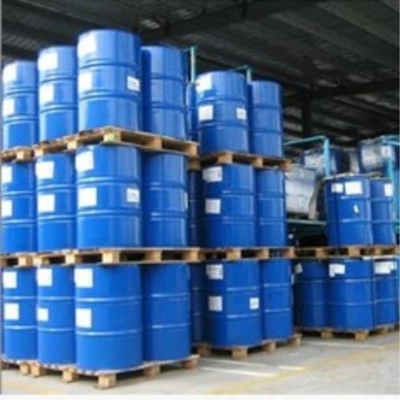Exchange rate changes are not conducive to Malaysian palm oil exports
-
Last Update: 2001-06-23
-
Source: Internet
-
Author: User
Search more information of high quality chemicals, good prices and reliable suppliers, visit
www.echemi.com
Introduction: the impact of exchange rate changes on international trade is obvious The current changes in international exchange rate are not conducive to the export of Malaysian palm oil We analyze the reasons from two aspects: on the one hand, from the perspective of the soybean oil related exchange rate, which is the main competitive product of palm oil, basilenar has been continuously devalued since June last year, and it has fallen from usd1.00-brl1.80 in the same period last year to the current usd1.00-brl2.4 Argentina's lower house recently proposed to Congress to change the 1:1 fixed exchange rate system between peso and US dollar, which has been implemented since 1991 When Argentina started to implement this exchange rate system, it did play a role in stabilizing the exchange rate and restraining inflation However, because of Argentina's three consecutive years of economic downturn, the peso has been overvalued by 15% - 20%, which is not conducive to Argentina's exports The bill will link the Peso to the U.S dollar and the euro at a 50:50 ratio, which will bring the price of the Peso to usd1.00-1.08 The devaluation of the currencies of Brazil and Argentina has stimulated the export of soybean and soybean oil, which is bound to bring pressure on the export and price of palm oil On the other hand, the change of currency exchange rate directly related to palm oil trade is not conducive to Malaysia's palm oil export The Malaysian ringgit still maintains a fixed exchange rate of 3.8:1 with the US dollar, while the Indonesian rupee has been heavily subsidized for nearly a year, which has fallen from the vicinity of usd1.00-idr8000 in September last year to the current usd1.00-idr11325, which keeps Indonesia's palm oil consistent with Malaysia's The price difference of palm oil in West Asia is close to $10, which is the most direct threat to Malaysia's palm oil export In addition, the exchange rates of major palm oil importing countries have not changed much The Indian rupee has been fluctuating at usd1.00-inr46.5-47.0 in recent half a year China adheres to the current fixed exchange rate system, while Pakistan's currency depreciates a lot At present, usd1.00-pkr63.35, compared with usd1.00-pkr52 in the same period last year To sum up, almost all the exchange rate changes related to Malaysian palm oil exports are negative factors, and the additional effect on Malaysian palm oil exports cannot be ignored.
This article is an English version of an article which is originally in the Chinese language on echemi.com and is provided for information purposes only.
This website makes no representation or warranty of any kind, either expressed or implied, as to the accuracy, completeness ownership or reliability of
the article or any translations thereof. If you have any concerns or complaints relating to the article, please send an email, providing a detailed
description of the concern or complaint, to
service@echemi.com. A staff member will contact you within 5 working days. Once verified, infringing content
will be removed immediately.







